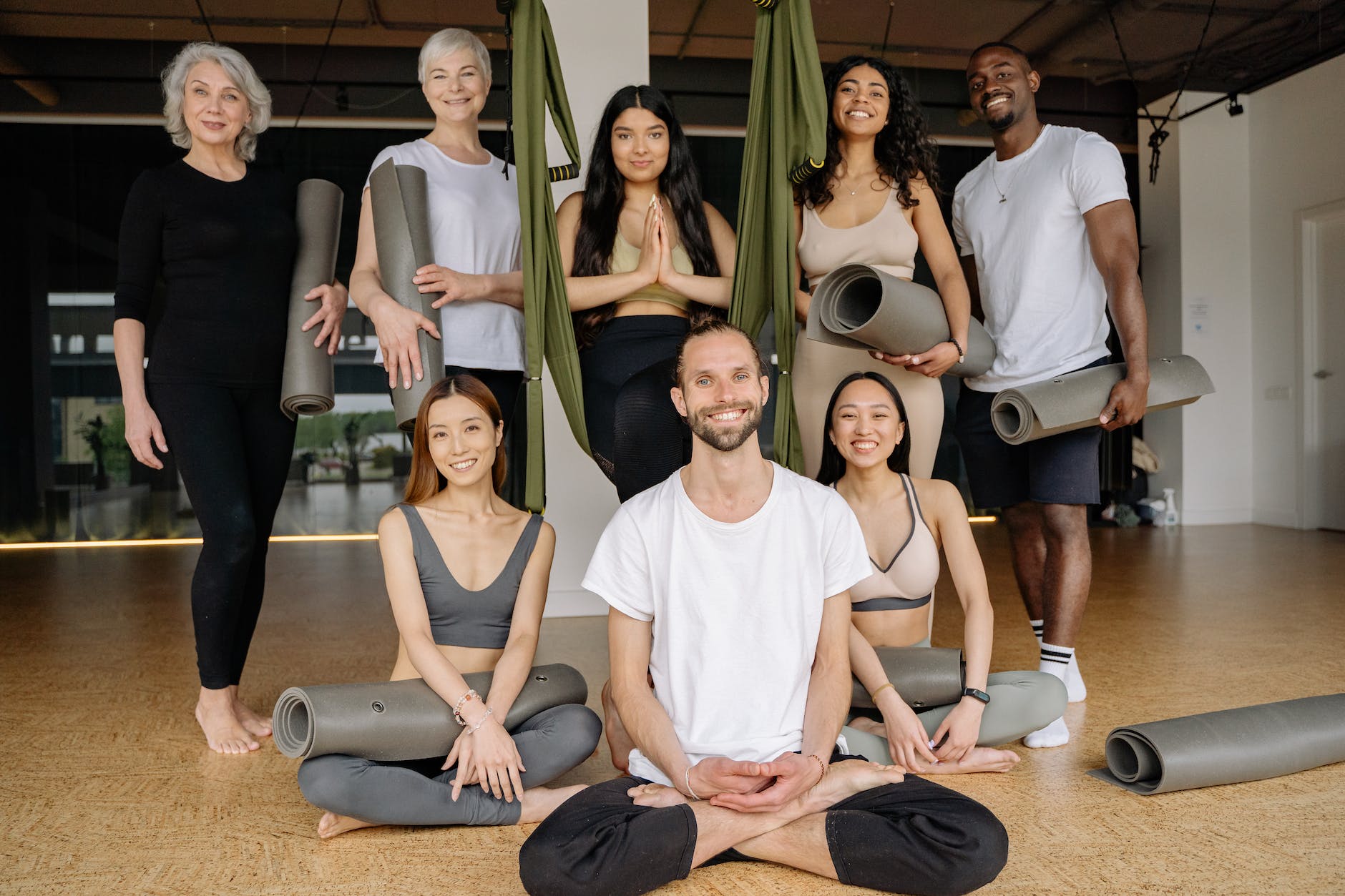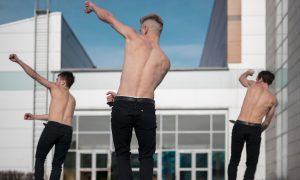Dance can feel somewhat separate from other, more “traditional” jobs out there. But just because we choose to live our lives enjoying an unconventional career doesn’t mean we couldn’t rock a 9 to 5 – if we wanted to.
So many of the skills that dancers learn in class and on stage are transferable to other industries. Stretching and cross-training on your own time? You’re self-motivated with a killer work ethic. Impeccable corps de ballet synchronicity? Team player. Are you a choreographer? Great, you’re a creative problem solver. These are generalized examples, but dancers’ sense of space, timing, musicality, and physicality are all highly tuned and useful in a wide range of contexts.
If you’re ever interested in stepping outside of the dance world for work – whether as a second job, or a second career after retiring from the stage – knowing your worth is half the battle. The other half is knowing your options! With that in mind, here’s a list of seven dance-adjacent careers that could use your talents, and input from dancers who work in those fields.
Fitness
Your body is your instrument, and you keep it tuned. From listening to your body every day, navigating injuries, target-training weak areas and maybe the odd anatomy class, you have a deeper understanding of the human body than most humans do. You have a basic inherent comprehension of the muscular and skeletal systems. Not only would further classes on those subjects build on what you already know firsthand, they might actually help you train, rest and perform more efficiently yourself. Depending on how much training or schooling you’re up for, you could get certified as a fitness trainer, massage therapist or even get a degree in physiotherapy.
Sydney Carlson is a dancer in Vancouver, Canada, who also works as a certified fitness instructor with F45. “Working in the fitness industry complements dance perfectly because it grows your knowledge about the body while at the same time keeps your body fit and protected for the dance moves we put our bodies through.”
Teaching
You’ve taught kids classes before – and you enjoyed their energy, watching them grasp new concepts and helping them reach new goals. Teaching is a connecting, fulfilling way to grow your career in the dance world, without the pressures of performing. It’s also a fantastic way to bring dance to communities outside of studios and professional programs. More and more schools are offering dance in their arts curriculums as a way to teach the kids a sense of rhythm, coordination and fitness. Not big on teaching kids? Try teaching adult classes at your local community center or studio. Teaching dance doesn’t require a degree or certification, but getting certified in established styles from governing boards can be helpful. Start by teaching at your studio, then maybe look into certification programs.
Garth Bates is a dancer and teacher in New York. He teaches at three different dance schools, and has been teaching for 13 years. “What keeps me doing what I do as a teacher is when something finally clicks for a student and you see them go from working hard to achieve their goals to executing a move flawlessly or putting emotion into the dance they’ve been learning. That’s truly what I find amazing, when those students finally make it happen for themselves.”
Arts administration
You’re an analytical, on top of it, make-it-happen kind of person. You know all the organizing that goes into those seemingly effortless, magical moments on stage. Or if you don’t know, you want to. Arts admin is the business side of this business – arranging tours, fundraisers, opening night events. Building relationships with venues, producers, journalists, PR specialists and community leaders. You’re the one who keeps the company on track with its mission statement, ensuring it grows towards its goals. You might want to look into an arts admin degree, but a good start is working the front desk at your studio.
Grace Puckett received her Masters of Arts Management from Heinz College at Carnegie Mellon University, and has worked as an arts administrator with non-profits in the US, and is currently the Development Manager for Parsons Dance. “Being an arts administrator allows me to integrate my personal experiences as an artist with the day-to-day of the business, melding the two into an (ideally) seamless combo, ensuring artists are taken care of while achieving the business goals that keep arts non-profits going.”
Costume design
You’re an artist through and through, you’re just switching mediums. You know the impact that costumes can make on a performance – they can elongate or distort lines, give nuance to characters, they can flow elegantly behind the dancer or cut sharply into the space around them. Being a dancer yourself, you know exactly what dancers need in their costuming. Stretchy fabric, yes. Thick, overheating materials, no. You like to work with your hands and are a wizard with a sewing machine. Look into a BFA in costume design, and/or find a senior designer you can apprentice under.
Fiona Raavita is studying costume design at Capilano University, in Vancouver, Canada. She’s shadowed some of the costume designers for Cirque du Soleil, and notes, “For those shows costume durability is crucial, they would sometimes abandon ‘proper’ sewing in pursuit of longevity. I picked up some tricks like putting weight in the dancers’ skirts to hold shape and stay in place for performances. It’s important to consider movement when choosing fabrics. When I’m patterning, if I can I try to use what are called ‘bias cuts’ to create better stretch and movement.”
Lighting and set design
You’re interested in the overall theatrical effect of a performance. Lighting guides our eyes, revealing and concealing and telling us where to look. Set design is working with your hands to build worlds, transporting audiences while they sit in their seats. They each require technical knowledge that you’d need to learn through undergraduate programs – if you’re interested in developing those skills, look there.
Rinko Imashimizu is a lighting designer that has toured with shows around the U.S., Europe, and is currently based in Australia. “Designing lighting for a show is like telling a story. The better you understand the show, the more effective it is and less noticeable it becomes. At the end of the show, when no one mentions the lighting, that means work well done. But my personal favorite part is getting the best seat in the house every night!
Dance journalism
You’re an avid reader and up to date on all the Dance Informa articles! You have a keen interest in dance industry news, stay informed on the latest of your favorite dancers and companies, and have a passion for writing. You know how to direct a conversation with pertinent questions to get a deeper understanding of artistic works. Keep writing, be interested in a broad range of dance styles and topics, and try reaching out to your favorite publications with samples of your work or a pitch for a story.
Of course in any field there’ll be new things to learn – which makes it all the more exciting! If you ever feel intimidated, remember : your fresh perspective is valuable, too.
By Holly LaRoche of Dance Informa.















